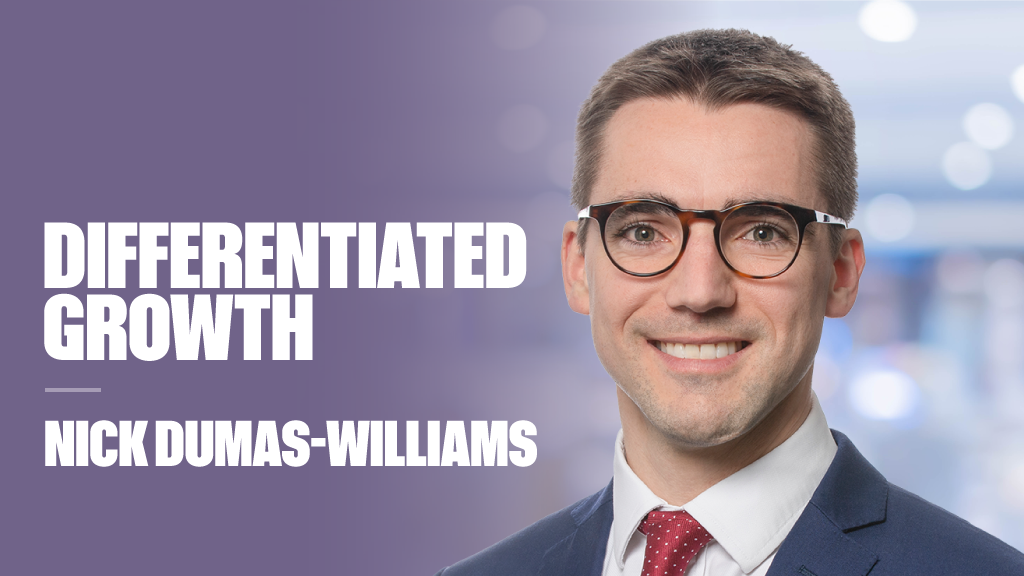On Wednesday (13 November), the Bank of England raised its forecast for UK growth and the Bank's Governor, Mark Carney, proclaimed that recovery is “taking hold”. The day before, in an almost unnoticed report, the Confederation of British Industry reported that confidence among small and medium-sized UK businesses was at a 25-year high.
The downside of UK growth
In contrast, growth in the Eurozone almost ground to a halt in the third quarter and, in a symptom of the level of concern about the region, the European Central Bank unexpectedly cut interest rates. The outlook for emerging markets is continuing to soften. Last week economists once again scaled back their forecasts for growth in 2014 in India, Brazil and Russia.
Stronger-than-expected UK growth has left Carney with a dilemma.
In August, he announced a new policy, forward guidance, designed to counter chronically weak UK growth. The policy signalled that the Bank would leave interest rates unchanged as long as the unemployment rate was above 7% and inflation was under control.
With the Bank not expecting unemployment to fall below 7% until mid-2016, the aim was to build confidence by signalling that interest rates would stay at rock bottom levels for three more years.
Since then unemployment has fallen faster than expected, to 7.6% in September. Today the Bank sees a 50% chance that the jobless rate could hit 7% in a year’s time, 18 months earlier than forecast in August. An unexpectedly strong recovery has introduced a risk that the Bank might need to raise rates in just a year’s time, towards the end of 2014.
Forward guidance was designed to bolster activity, but has been launched into an economy that is recovering faster than expected.
As a result, interpreting when the Bank might raise interest rates, and in what circumstances, has become increasingly tricky.
7% an indicator not a target
Last week the Bank backed away from the idea that unemployment holds the key to the timing of rate hikes. Carney now says that a 7% unemployment rate is a “way station” on the road to higher interest rates, not a target. The Bank also downgraded unemployment as a gauge of spare capacity by raising its estimate of the number of hours people want to work.
The verdict of financial markets on all this is clear. They assume that rates are likely to rise sooner than implied by the Bank. Financial markets are pricing in rate hikes in the UK from about the middle of 2015, with base rates ending 2015 at the 1.25% mark, up from a current level of 0.5%.
In August, the Bank of England suggested interest rates might not rise until the latter part of 2016. Today, financial markets are factoring in base rates of around 2.25% by end the end of 2016.
The market belief that rates will rise earlier than the Bank implies is, in a sense, a thoroughly good thing in that it suggests the economy is normalising. Base rates of just 0.5% are a symptom of an economy that is not working.
But some worry that uncertainty around forward guidance, and a shifting definition of what it means, could knock the Bank’s credibility.
That is unlikely to be of concern to many in an economy which is, at last, growing.
Article written by Ian Stewart, chief economist, Deloitte











